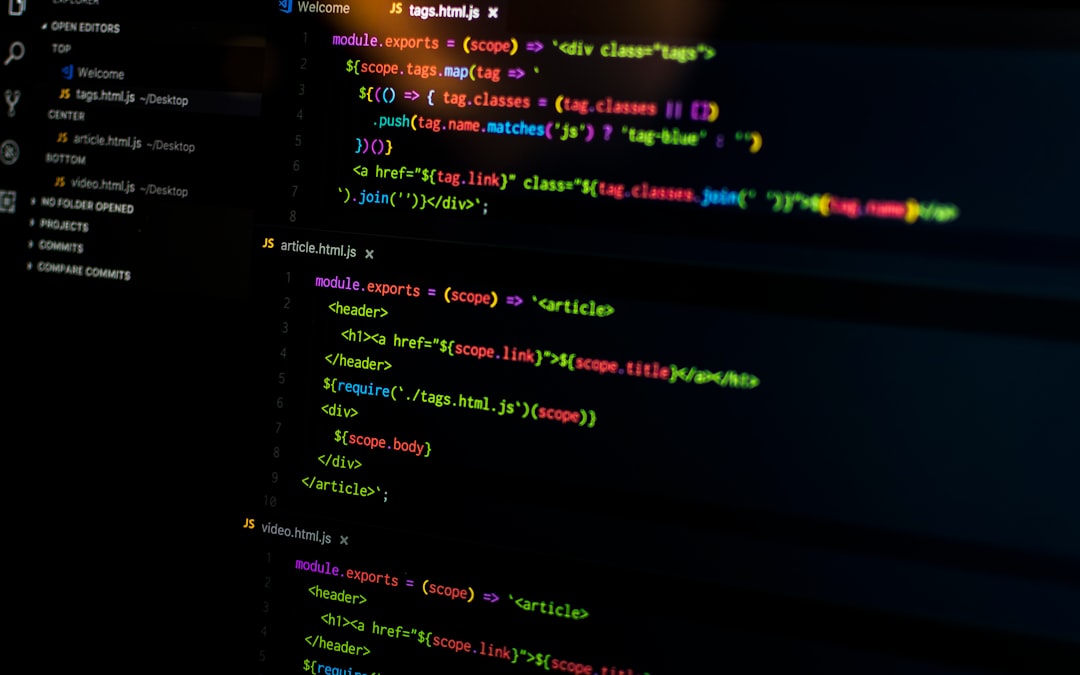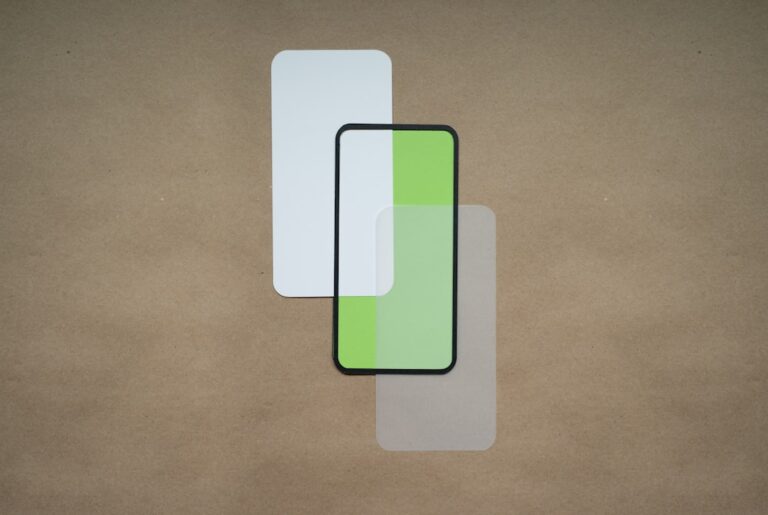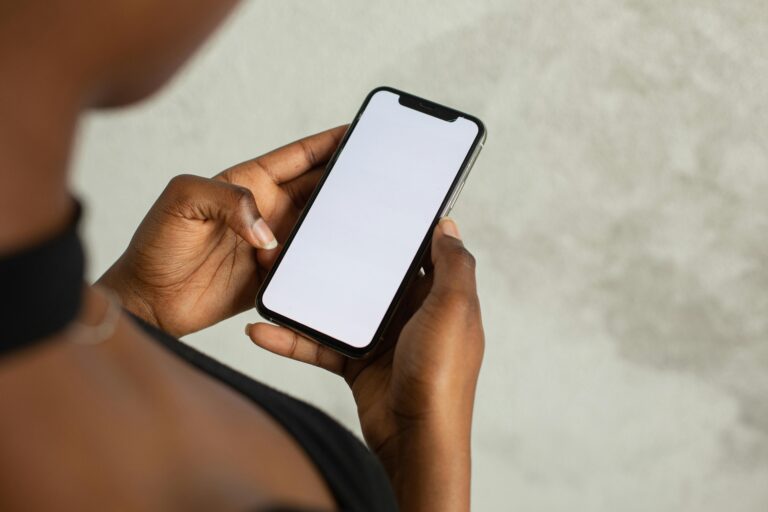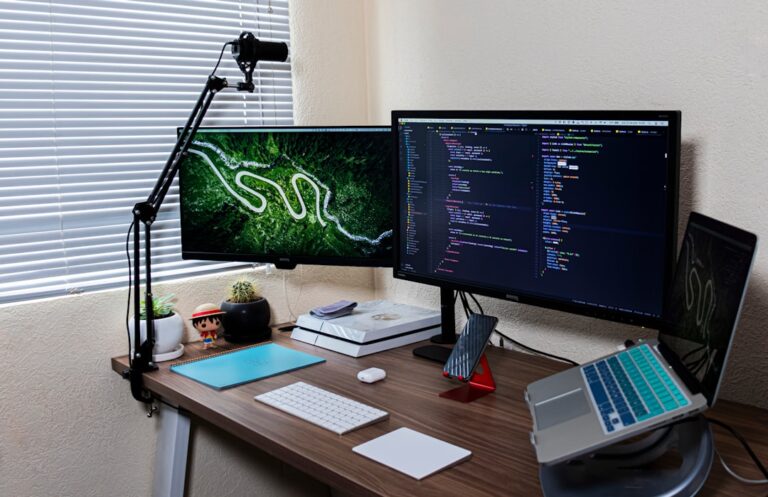The differences between a prototype and an MVP are crucial in the process of developing mobile apps and web apps, and understanding them can significantly impact the success of a project. Proper application of these concepts can accelerate process automation and optimize product development.
Introduction to Prototypes and MVP
In the world of software development, especially in creating mobile apps and web apps, the terms prototype and MVP (Minimum Viable Product) are often used interchangeably, although they serve different functions in the product lifecycle. Understanding the differences between them allows for better planning and execution of projects.
Definition and Purpose of a Prototype
A prototype is an early, experimental version of a product or system. Its main purpose is to visualize and test basic design ideas before full implementation.
Types of Prototypes
- Lo-fi Prototypes: Quick and inexpensive, often created using paper or simple graphic tools.
- Hi-fi Prototypes: More advanced, interactive models that may include some features of the target product.
Benefits of Using Prototypes
- Early detection of design issues.
- Testing ideas without significant financial investment.
- Facilitating communication between the team and stakeholders.
What is an MVP?
MVP, or Minimum Viable Product, is the simplest version of a product that includes only the key features necessary for its launch and market testing.
Characteristics of an MVP
- Focus on minimal functionalities.
- Faster deployment for market testing.
- Ability to obtain quick feedback from users.
Benefits of Implementing an MVP
- Reducing investment risk.
- Better understanding of market and user needs.
- Ability to quickly adapt to market changes.
Key Differences Between a Prototype and an MVP
While both a prototype and an MVP are tools used in the product development process, they differ in purpose and scope.
Goals and Scope
- Prototype: Focuses on testing and visualizing design ideas. It is not intended for end-user use.
- MVP: Concentrates on delivering a minimal but functional product to the market to obtain feedback.
Development Process
- Prototypes are often created in the conceptual phase, before work on the full product begins.
- MVP is developed after the prototyping phase, with real-world use by customers in mind.
When to Choose a Prototype or an MVP?
The decision to start with a prototype or an MVP depends on several factors, such as project goals, budget, time, and resources.
When to Choose a Prototype?
- When you need to verify a concept or design.
- When you want to test different ideas before deciding on a development direction.
When to Choose an MVP?
- When you have a solid concept and want to bring the product to market as quickly as possible.
- When you need to get quick feedback from real users.
Practical Application of Prototypes and MVP at chdr.tech
At chdr.tech, we often use both prototypes and MVPs in various projects, including the development of mobile apps and web apps. Choosing the right strategy allows us to manage resources effectively and meet client expectations.
Summary
Both prototypes and MVPs are key elements in the software development process. Understanding and appropriately applying them can significantly impact project success, especially in the context of process automation and product development optimization. The choice between them should depend on the specifics of the project and business goals.





